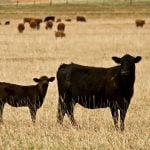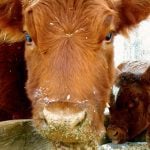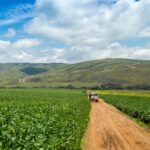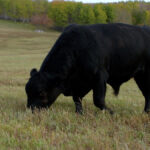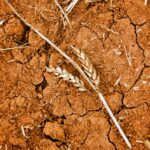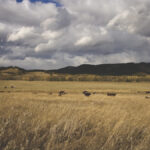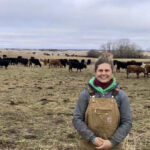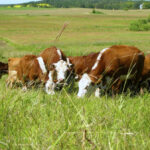Geneva | Reuters — Farmers need more space to grow crops to meet mounting demand for food and renewable fuel at a time of slowing growth in yields, consultancy AgResource said on Tuesday. A renewable fuel push under U.S. President Joe Biden’s climate agenda is set to trigger a boom in soyoil use, reinforcing a […] Read more
